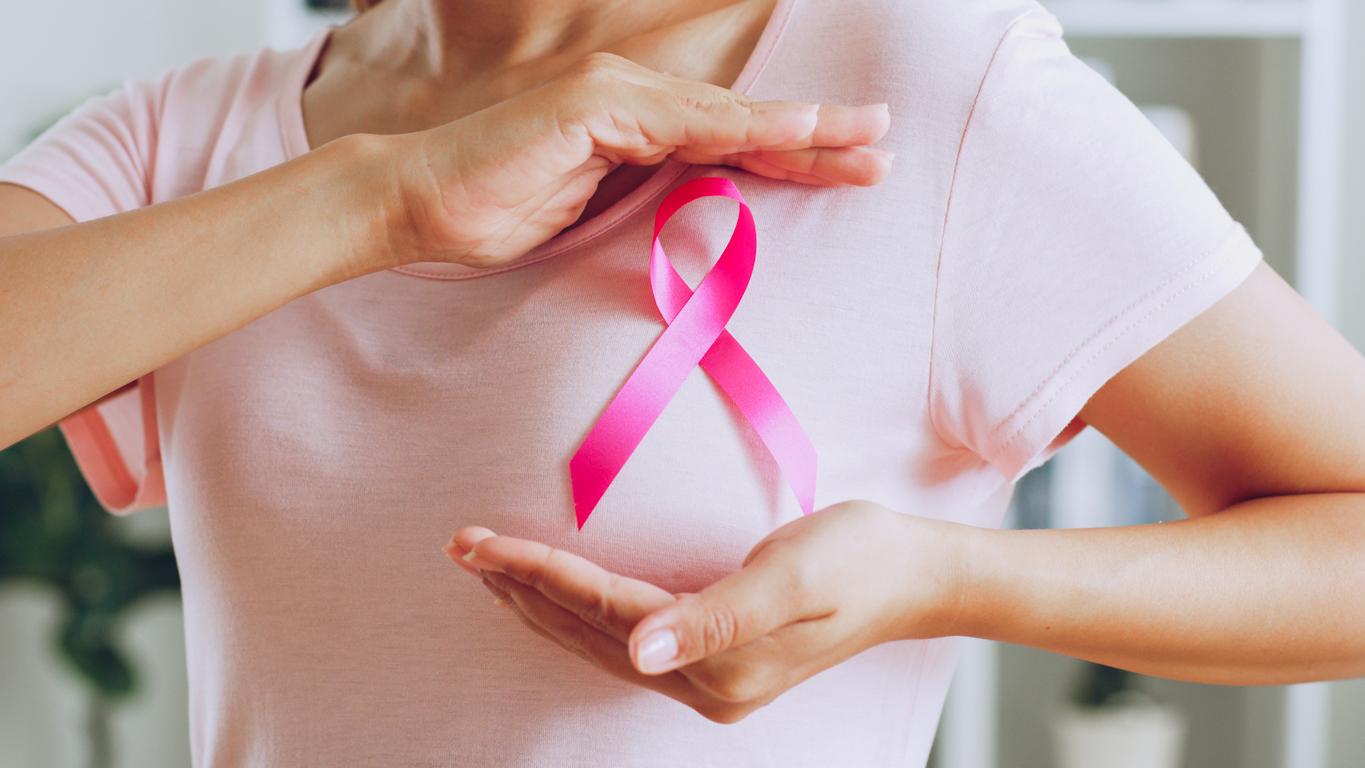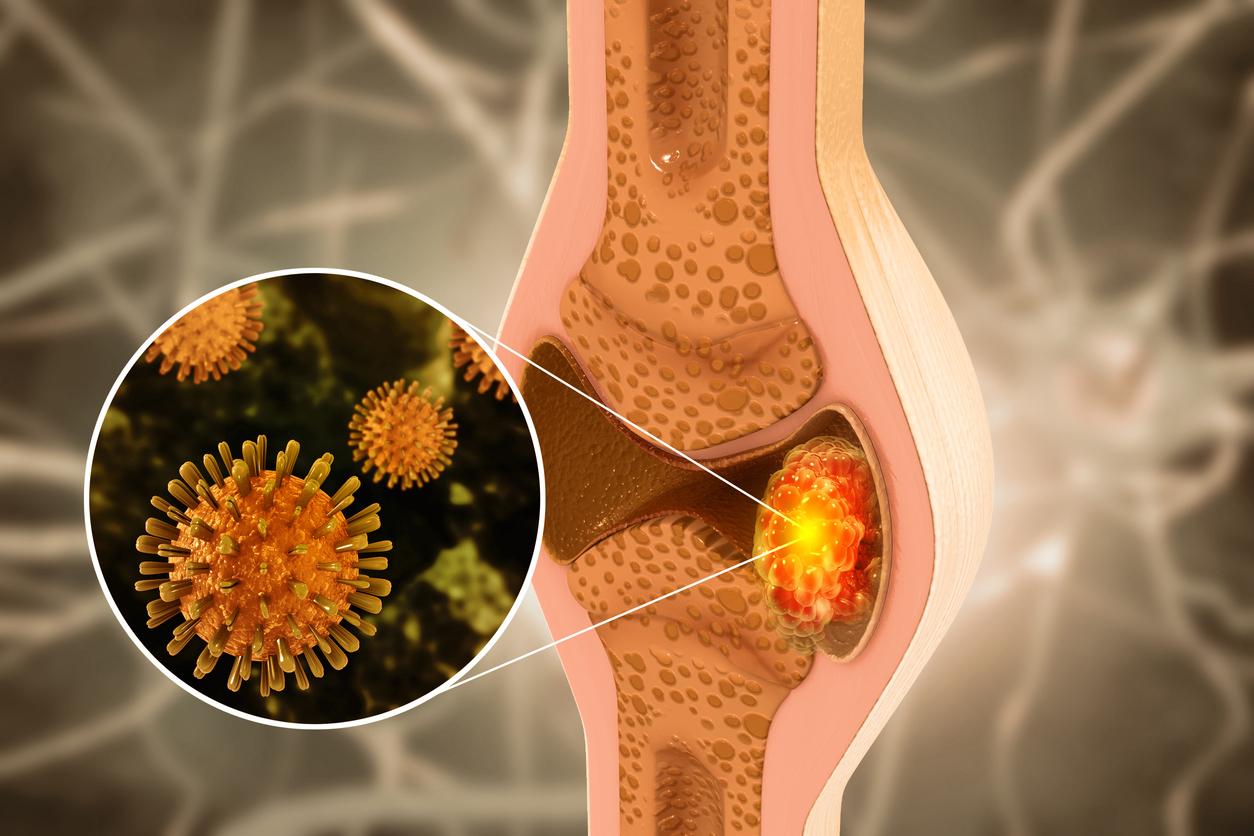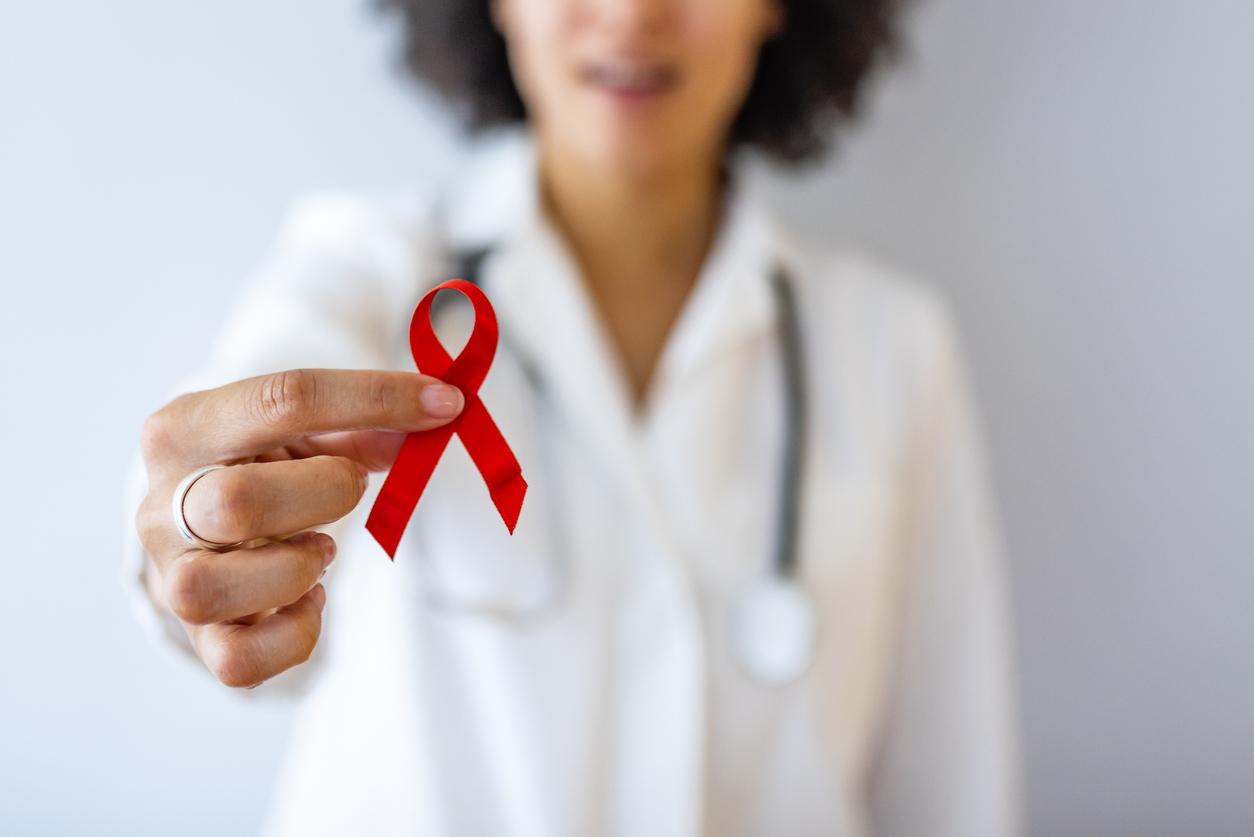Testicular cancer is often perceived as a rare disease, yet it is the most common cancer in young men aged 15 to 35. Although often curable, this type of cancer can generate anxiety and questions about the future.

- Testicular cancer is a curable cancer, especially if detected at an early stage.
- Regular self-palpation of the testicles is essential to detect any abnormalities.
- Prompt and appropriate care can increase the chances of recovery.
The testicles are glands located in the scrotum that produce sperm and male sex hormones. Testicular cancer occurs when a group of cells in this gland multiply uncontrollably, forming a tumor.
What are the signs of testicular cancer?
The main symptom of testicular cancer is the presence of a hard mass or painless swelling in one of the testicles. Other symptoms may appear, such as:
• Pain or a feeling of heaviness in the scrotum
• A feeling of discomfort or fullness in the lower abdomen
• Breast enlargement (gynecomastia)
• Back pain
It is important to note that these symptoms can also be caused by other benign conditions. However, when faced with any of these signs, it is essential to consult a doctor quickly.
The exact causes of testicular cancer are still poorly understood, but certain risk factors have been identified:
• Age : Testicular cancer mainly affects young men, between 15 and 35 years old.
• Family history : Men who have a brother or father who has had testicular cancer have a slightly higher risk.
• Cryptorchidism : This is a birth defect where one or both testicles fail to descend into the scrotum before birth.
• Genetic syndromes : Certain genetic diseases, such as Klinefelter syndrome, increase the risk of developing testicular cancer.
The diagnosis of testicular cancer is based on several tests:
• Physical examination : The doctor palpates the testicles to detect any abnormalities.
• Scrotal ultrasound : This examination allows us to obtain a precise image of the testicles and any mass.
• Tumor marker : Measuring the level of beta-hCG (a hormone produced by some testicular tumors) in the blood can help confirm the diagnosis.
• Biopsy : A tissue sample from the tumor is analyzed under a microscope to confirm the diagnosis and determine the type of cancer.

Testicular cancer treatments
Treatment of testicular cancer depends on the stage of the disease, its histological type and the general condition of the patient. The main therapeutic options are:
• Surgery : Orchiectomy (removal of the affected testicle) is the most common initial treatment.
• Chemotherapy : It is used to destroy cancer cells that may have migrated to other organs.
• Radiotherapy : It can be used in addition to chemotherapy or in certain cases as a single treatment.
In conclusion, testicular cancer is a cancer that mainly affects young men. Awareness of this disease and prompt consultation with a doctor in case of doubt are essential for early diagnosis and effective treatment.















